2012 Quadrantids guide for skywatchers
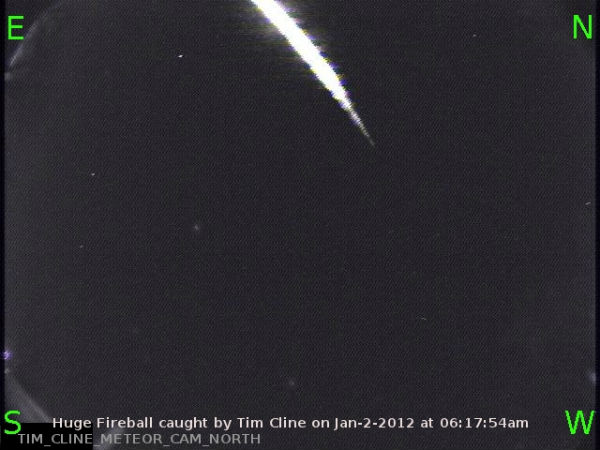
Earth is about to pass through a stream of debris from 2003 EH1, a comet fragment that produces the annual Quadrantid meteor shower. Forecasters expect the shower to peak around 07:20 UT (02:20 am EST) on Wednesday morning, January 4th. At maximum, as many as 100 meteors/hour could emerge from a radiant near Polaris, the north star.
Quadrantids
Comet of Origin: 2003 EH1
Radiant: constellation Bootes
Active: Dec. 28, 2011-Jan. 12, 2012
Peak Activity: Jan. 4, 2012
Peak Activity Meteor Count: 120 meteors per hour
Meteor Velocity: 25.5 miles (41 kilometers) per second
2003 EH1 orbit diagram (JPL Small-Body Datebase)
The Quadrantids have a maximum rate of about 100 per hour, varying between 60-200. The waxing gibbous moon will set around 3 a.m. local time, leaving about two hours of excellent meteor observing before dawn. The Quadrantids only last a few hours. Earth intersects the orbit of 2003 EH1 at a perpendicular angle, which means we quickly move through any debris. That’s why the shower is so brief. After the Quads come and go, there won’t be another good meteor shower until the Lyrids arrive in late April. Check out our list and description of all the major meteor showers of 2012.
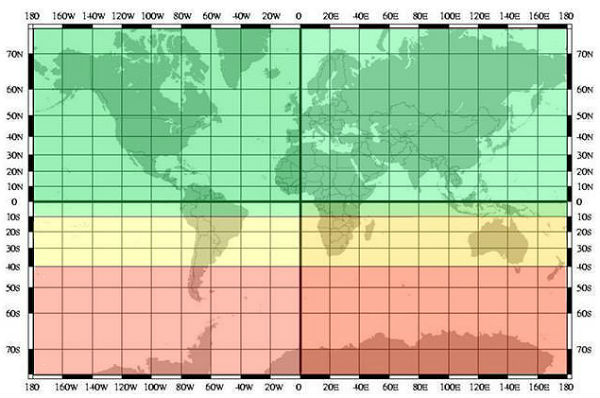
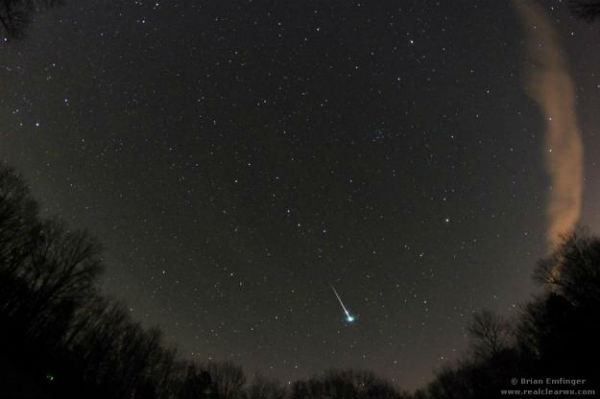
Lunar Meteorite Hunters are updated with skywatchers reports worldwide.
Live broadcast
NASA’s Meteoroid Environment Office is broadcasting live video from a sensitive wide-field meteor camera at the Marshall Space Flight Center in Huntsville, Alabama, US. The shower is expected to peak around 07:20 UT (02:20 am EST) on Wednesday morning, Jan. 4th.
In addition to the all sky camera mounted at NASA’s Marshall Space Flight Center in Huntsville, Ala., you can also try some of the links below for excellent sky views. Individual cameras have various refresh rates.
Sandia Sentinel Fireball Camera Network, El Paso, Texas (NMSU All Sky Camera Network)
Sandia Sentinel Fireball Camera Network, Hawley, Texas
Oak Grove Observatory, Prairieville, La.
New Mexico Skies Observatories, Mayhill, N.M.
MMTO Sky Camera, Tuscon, Ariz.
Twin Pines Observatory, Belmont, Calif.
Lick Observatory All-Sky Camera, Mount Hamilton, Calif.
Meadow View Observatory, Chico, Calif.
Shane Observatory AllSky Camera, Prince George BC, Canada
RASC Prince George Centre AllSky Camera, Prince George BC, Canada
Paul Beskeen Astrophotography, Cambridgeshire, U.K.
You can stay inside and listen to the Quadrantids. Tune into SpaceWeather Radio for a live audio stream from the Air Force Space Surveillance Radar. When a Quadrantid passes over the facility, you will hear a “ping” caused by the radar’s powerful transmitter echoing from the meteor’s ion trail.

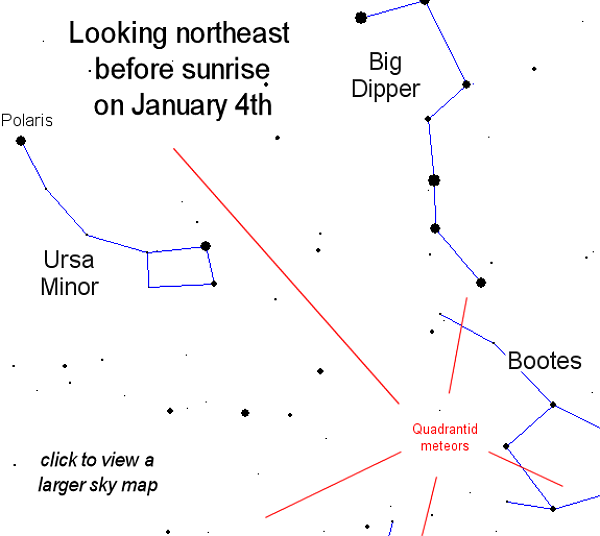
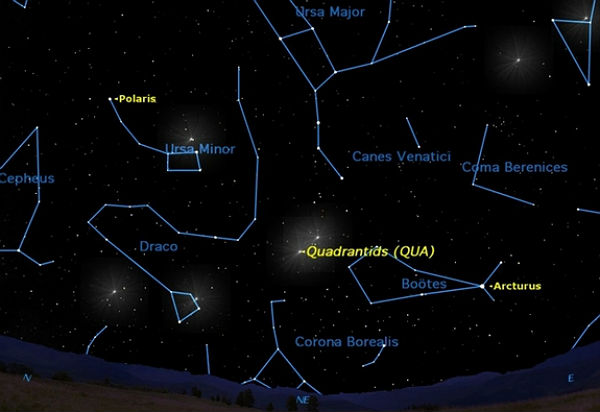
Commenting rules and guidelines
We value the thoughts and opinions of our readers and welcome healthy discussions on our website. In order to maintain a respectful and positive community, we ask that all commenters follow these rules:
We reserve the right to remove any comments that violate these rules. By commenting on our website, you agree to abide by these guidelines. Thank you for helping to create a positive and welcoming environment for all.